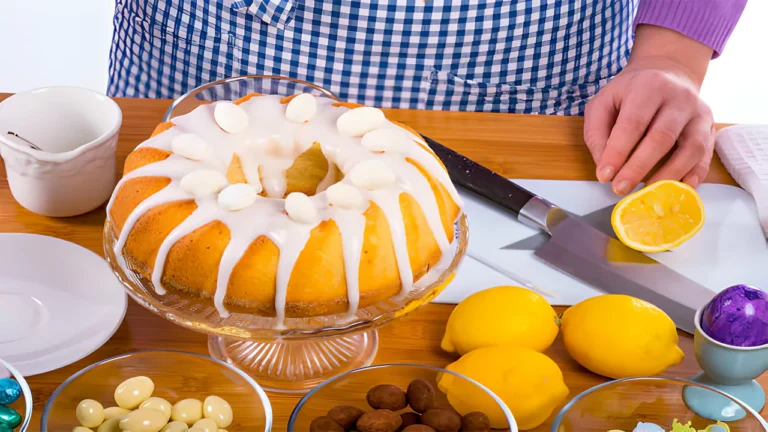Introduction to Bundt Cakes
In this guide, we’ll explore what classifies a bundt cake, delving into its unique features and appeal.
Understanding Bundt Cakes
Bundt cakes, those delightful treats with their distinctive ring shape, have been tantalizing taste buds for decades. But what exactly makes a cake a Bundt cake? It’s not just about the ingredients; it’s the pan that makes all the difference. The Bundt pan, with its fluted sides and central tube, imparts that iconic shape, transforming a simple cake into a work of art.
Originating from European influences, the Bundt cake has carved its niche in the culinary world. It’s not just a dessert; it’s a symbol of celebration and creativity. And did you know? There’s even a day dedicated to it – National Bundt Day on November 15th, a testament to its popularity and cultural significance.
For a deeper understanding of the cultural significance and variations of Bundt cakes, explore this insightful article by AARP.
Characteristics of Bundt Cakes
Key Features of Bundt Cakes
When discussing what classifies a bundt cake, its unique shape and design are paramount.
Shape and Design
The quintessential feature of a Bundt cake is its shape. Unlike traditional cakes, a Bundt cake boasts a distinctive ring form, thanks to the Bundt pan. This pan is not just any baking tool; it’s the heart of the Bundt cake’s identity. With its fluted or grooved sides, the Bundt pan creates intricate patterns, turning each cake into a sculptural masterpiece. The central tube of the pan ensures even baking and imparts the cake’s signature hole in the middle, reminiscent of a doughnut but with a touch of elegance.
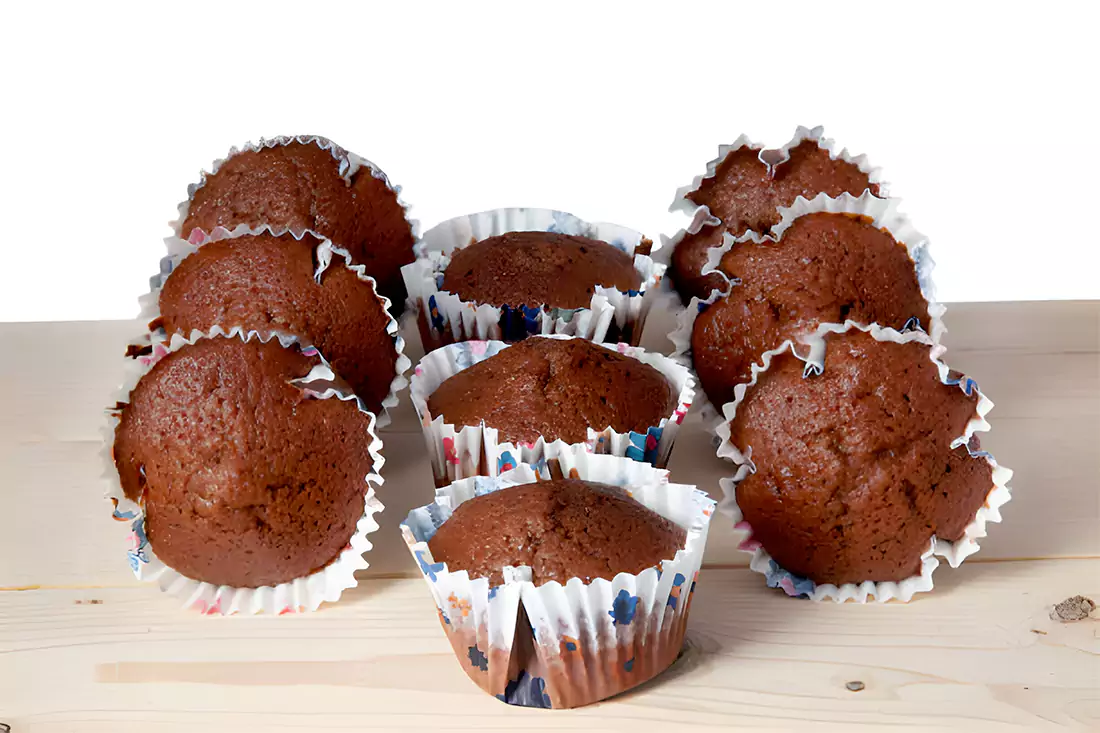
The Bundt Pan
The Bundt pan is more than a baking accessory; it’s a catalyst for creativity. Originating from European cake molds, this pan has evolved into various designs, from simple waves to elaborate spirals. The material of the pan, typically aluminum, ensures even heat distribution, crucial for achieving that perfect golden crust. The non-stick surface is a modern addition, making it easier to release the cake in all its glory.
Texture and Ingredients
When it comes to texture, Bundt cakes are a delightful paradox. They are moist yet dense, tender yet sturdy enough to hold the pan’s intricate design. This texture is achieved through a balanced mix of ingredients like butter, eggs, and flour, often in richer quantities than regular cakes. The unique shape of the Bundt pan also plays a role in texture development. The pan’s design allows for more batter to touch the surface, creating a delectable crust around the cake while maintaining a moist interior.
Comparisons with Other Cakes
A key aspect of what classifies a bundt cake is how it differs from regular and pound cakes in both form and texture.
Bundt Cake vs. Regular Cake
In understanding what classifies a bundt cake, its comparison with regular cakes is essential.
Differences in Shape and Size
The most noticeable difference between a Bundt cake and a regular cake lies in their shapes. Regular cakes are often round, square, or rectangular, while a Bundt cake is characterized by its unique ring shape. This isn’t just for aesthetics; the shape influences the baking process and the final texture of the cake. Regular cakes might be layered and frosted, but Bundt cakes, with their intricate designs, often stand alone, sometimes with a simple glaze or dusting of powdered sugar.For a more in-depth comparison between Bundt cakes and regular cakes, check out our detailed analysis.
Texture Variations
Texture is another arena where Bundt cakes diverge from regular cakes. Thanks to the Bundt pan’s design, these cakes have a denser and moister texture. The pan’s larger surface area means more of the batter caramelizes during baking, creating a rich, golden crust. Regular cakes, on the other hand, might have a lighter, fluffier texture, especially if they’re layered and filled with frosting or cream.
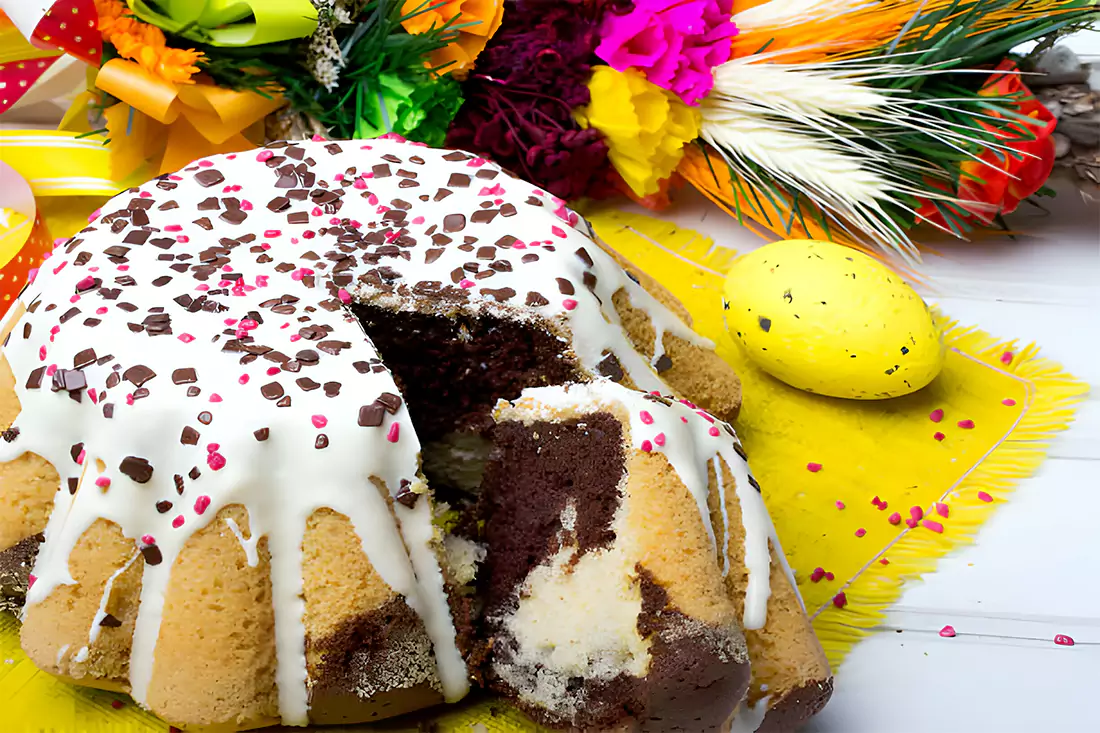
Bundt Cake vs. Pound Cake
Ingredient Proportions
While both Bundt and pound cakes share a reputation for richness, their ingredient proportions differ. Traditional pound cake, named for the pound of butter, eggs, flour, and sugar used in its recipe, has a dense and buttery texture. Bundt cakes, while also rich, can have more varied ingredient ratios and often include additions like yogurt, sour cream, or fruit puree for extra moistness.
Baking Pans and Methods
Both types of cake can be baked in a Bundt pan, but the outcome is distinctly different. Pound cakes baked in a Bundt pan take on the decorative shape but retain their classic texture. Bundt cakes, with their diverse recipes and flavors, showcase the versatility of the Bundt pan, from simple designs to more elaborate patterns.
The History and Cultural Significance
The Evolution of the Bundt Cake
The Bundt cake’s journey from a European novelty to an American kitchen staple is as rich and varied as its flavors. The roots of the Bundt cake lie in European cakes like the German Gugelhupf, but it was in the United States that the Bundt cake truly found its fame.
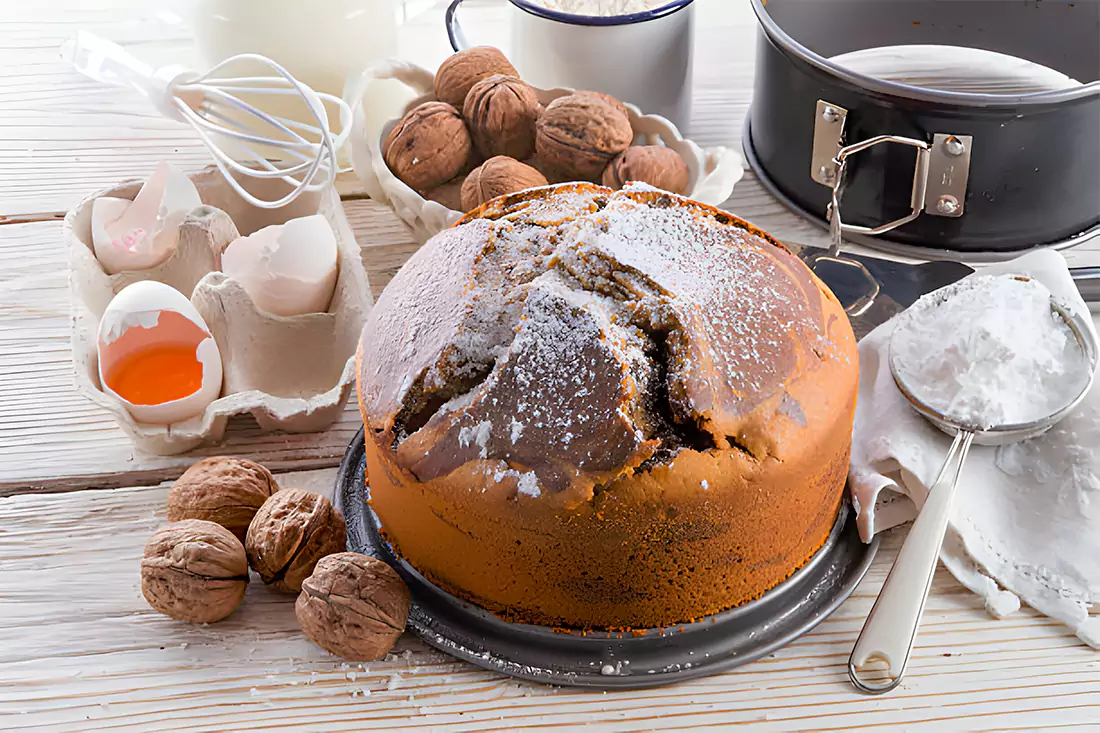
The name “Bundt” itself is a trademark of Nordic Ware, a company that popularized the fluted tube pan in the mid-20th century. However, the cake didn’t skyrocket to popularity until 1966, when a Bundt cake called the “Tunnel of Fudge” won second place in a national baking contest. This event put the Bundt cake on the map, and it has been a beloved dessert ever since.
Rise to Popularity
The rise of the Bundt cake is a testament to the power of innovation in baking. The Bundt pan’s unique design not only changed how cakes were baked but also how they were presented. No longer were cakes just round or square; they could now have elegant, intricate designs worthy of any celebration. This appeal, combined with the ease of baking such impressive cakes, made the Bundt cake a favorite across America.
The Bundt cake’s popularity also reflects cultural shifts. It became a symbol of hospitality and home baking, often associated with family gatherings and community events. The simplicity of the recipe, coupled with the pan’s ability to make each cake look special, resonated with home bakers who wanted to create something both delicious and beautiful.
Varieties and Flavors
Exploring Bundt Cake Flavors
Exploring what classifies a bundt cake also involves looking at its various flavors and types.Bundt cakes are a celebration of flavors, each variety offering a unique taste experience. From the classic to the contemporary, the range of Bundt cake flavors is as diverse as it is delicious.To learn more about the evolution of Bundt cake flavors and their modern adaptations, check out this discussion on Happy Hooligans.
Classic and Modern Flavors
The traditional flavors of Bundt cakes often include rich, comforting ingredients like chocolate, vanilla, and nuts. These classic flavors have stood the test of time, appealing to those who cherish time-honored recipes. However, the modern Bundt cake palette has expanded to include more adventurous and eclectic flavors. Lemon, red velvet, and coconut are just a few examples that have gained popularity, offering a fresh twist to the classic Bundt cake.
Decorations and Toppings
The Bundt cake’s decorative shape can be complemented by finishing touches. A dusting of powdered sugar or a glaze drizzle enhances flavor and appearance. Toppings like fruit, nuts, or chocolate ganache add layers of flavor and texture for a delightful slice.
Baking Tips and Techniques
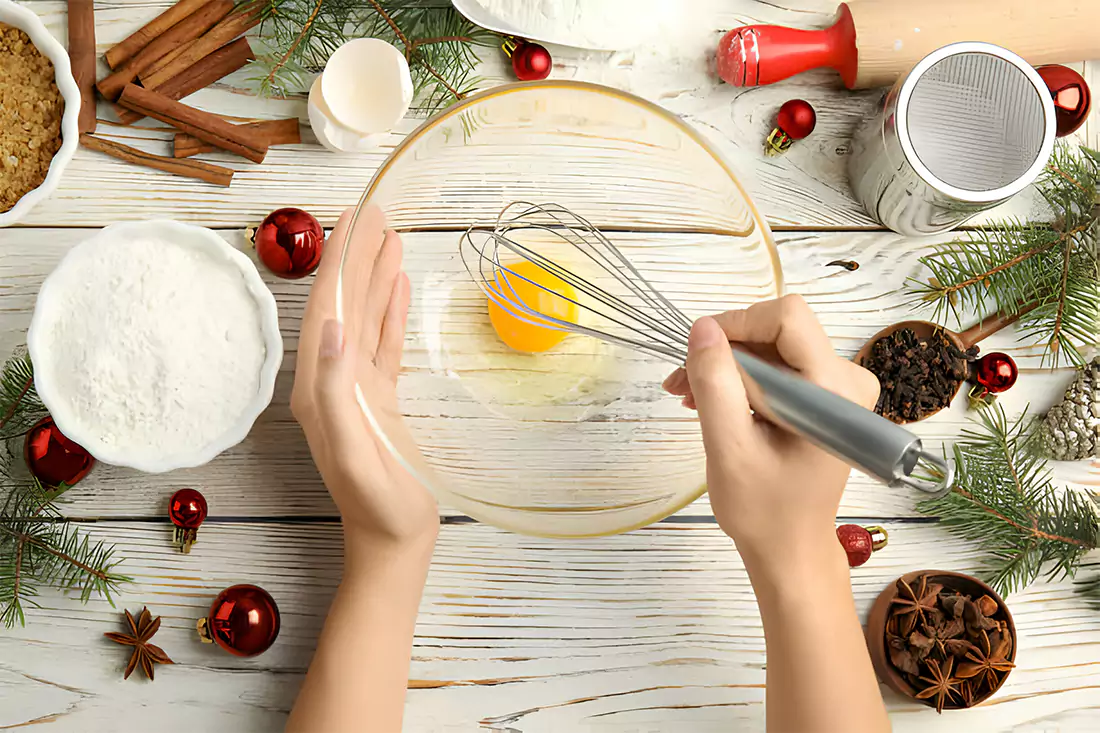
Mastering Bundt Cake Baking
Baking the perfect Bundt cake is an art that combines skill, creativity, and a bit of science. Here are some essential tips and techniques to help you bake a Bundt cake that’s not only visually stunning but also deliciously satisfying.
A crucial part of what classifies a bundt cake is the specific baking techniques used.
Choosing the Right Pan
The Bundt pan is the star of the show when it comes to baking Bundt cakes. Selecting the right pan is crucial. Look for a pan with a good non-stick coating to ensure your cake releases cleanly. The size and design of the pan can also affect the baking time and the cake’s final appearance, so consider this when planning your cake.
Baking Techniques
- Preparation is Key: Before you start, make sure to thoroughly grease every nook and cranny of your Bundt pan. This step is vital to prevent sticking and to capture the intricate details of the pan’s design.
- The Right Batter Consistency: Bundt cake batter should be thick enough to hold its shape but not so dense that it doesn’t pour easily into the pan. Achieving the right consistency is essential for a cake that’s moist and holds together well.Discover more tips on creating moist Bundt cakes in our comprehensive guide.
- Even Baking: Since Bundt cakes are thicker than regular cakes, they require careful baking to ensure the middle is cooked without over-browning the outside. Lowering your oven temperature and baking for a longer time can help achieve this balance.
- Cooling and Releasing: Allow your Bundt cake to cool in the pan for about 10 minutes before attempting to turn it out. This resting period helps the cake set and reduces the risk of breaking.
Frequently Asked Questions
Common Queries About Bundt Cakes
In this section, we’ll address common questions about Bundt cakes, offering insights and solutions to enhance your Bundt baking skills.
-
Why Does My Bundt Cake Stick to the Pan?
- To avoid sticking, generously grease the Bundt pan with butter or non-stick spray, ensuring full coverage of its grooves and crevices. Flouring the pan after greasing can also help.
-
How Do I Know When My Bundt Cake is Done?
- Since Bundt cakes are thicker, they require a longer baking time. The best way to check for doneness is to insert a skewer or toothpick into the thickest part of the cake. If it comes out clean or with a few moist crumbs, the cake is done.
-
How Can I Add More Flavor to My Bundt Cake?
- To enhance the flavor of your Bundt cake, consider adding extracts, citrus zest, spices, or flavored syrups to the batter. Toppings like glazes, frostings, or a sprinkle of powdered sugar can also add flavor and visual appeal.
-
What’s the Best Way to Store a Bundt Cake?
- Bundt cakes can be stored at room temperature, covered, for several days. If you need to store the cake for a longer period, wrapping it well and refrigerating or freezing it can help preserve its freshness.
-
Why is My Bundt Cake Dry?
- Overbaking is a common reason for dry Bundt cakes. Make sure to check the cake for doneness towards the end of the baking time. Using ingredients like sour cream, yogurt, or buttermilk in the batter can also help keep the cake moist.For additional strategies to prevent dryness in your Bundt cakes, explore our dedicated article.
Conclusion
In conclusion, Bundt cakes offer diverse flavors and eye-catching designs. They combine tradition with innovation and cater to all tastes. The cake’s adaptability makes it a favorite for bakers, and these tips aim to enhance your Bundt baking experience.
